Gray's Reef National Marine Sanctuary is a catalyst for research. Universities, aquaria, state and federal researchers conduct studies inside and outside the sanctuary, utilizing the sanctuary's research area.
Gray's Reef is a representative area of natural, live-bottom habitat commonly found in the coastal southeast. Studies on coral growth, research on loggerhead sea turtles, and the long-term monitoring of fish populations help make informed management decisions to ensure adequate protection of sanctuary resources.
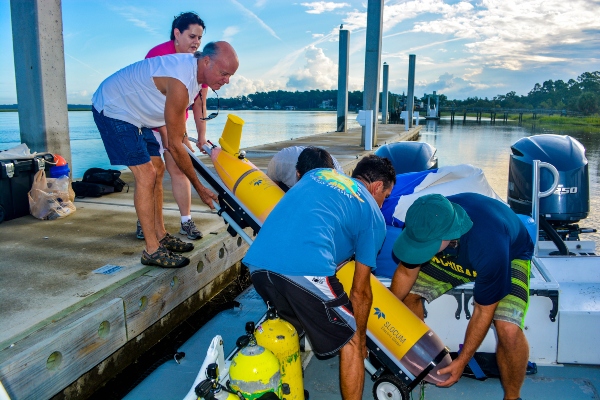
Research Projects
Even before the designation of Gray's Reef, scientific researchers found value in the live-bottom habitats.
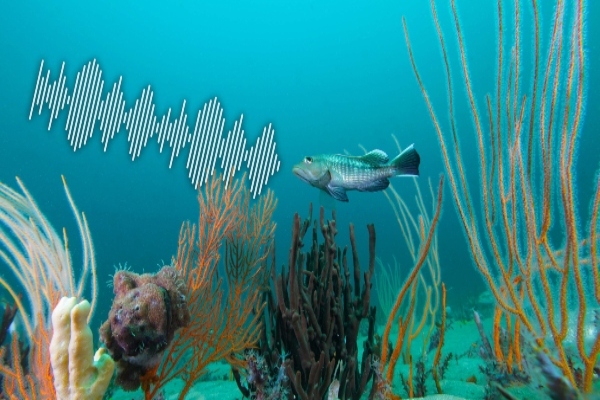
Soundscapes
Sound plays a key role in the lives of many marine animals. Scientists study the sounds made by fishes, whales, and other animals (including humans) to learn more about the sanctuary's residents and seasonal visitors.

Research Area
The southern third of the sanctuary is reserved for scientific research, which gives a unique opportunity to study the marine ecosystem without impacts from fishing or diving.
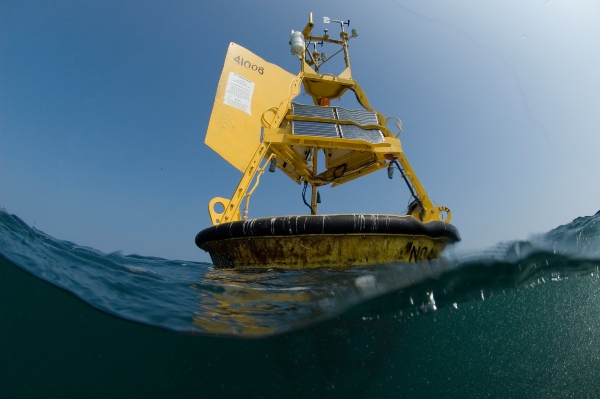
Technologies
Uncrewed sensors like gliders and buoys can do what people cannot一study the ocean continuously both day and night.
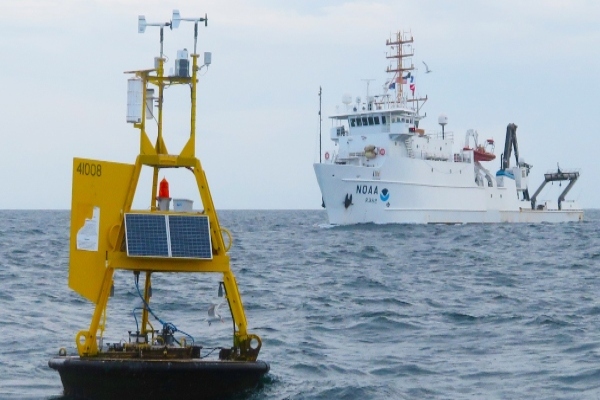
Expeditions
Multi-day expeditions on the NOAA Ship Nancy Foster give research partners the ability to study the sanctuary around the clock.
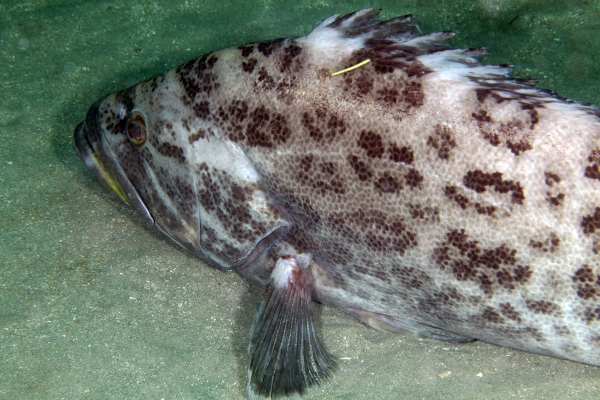
Publications and Reports
View the publications, reports, and proceedings related to Gray's Reef National Marine Sanctuary.

